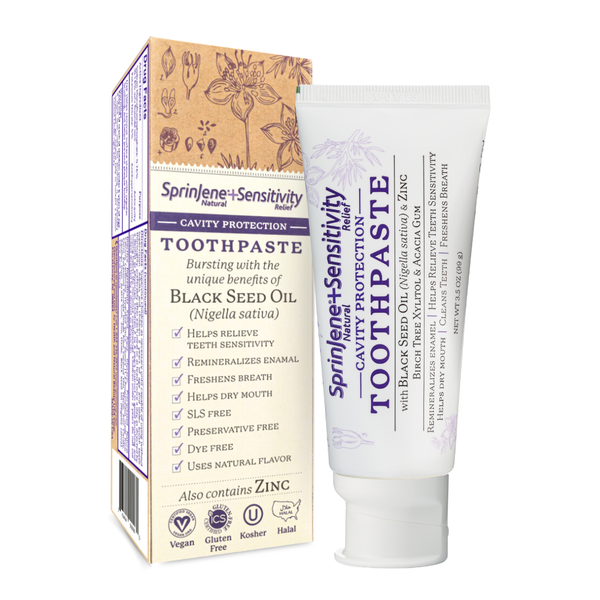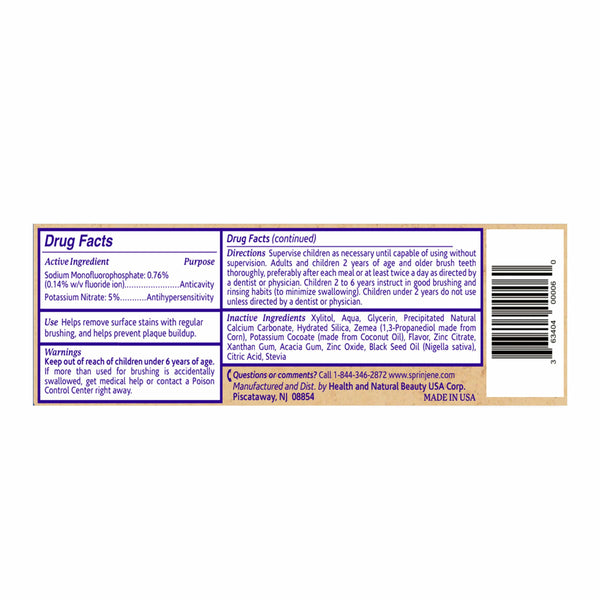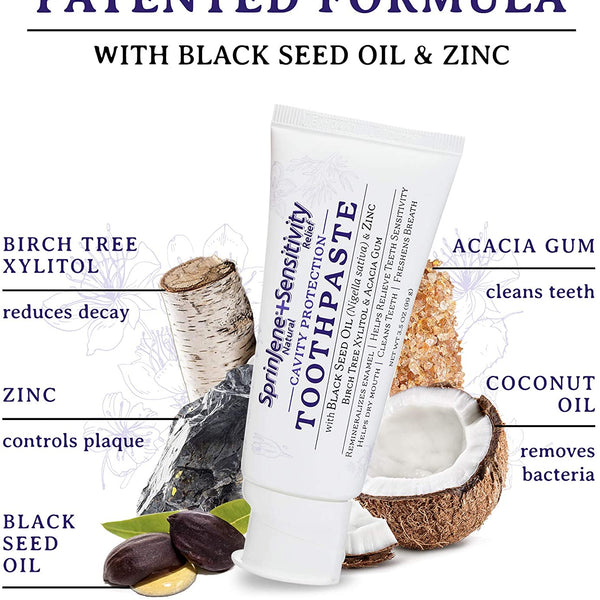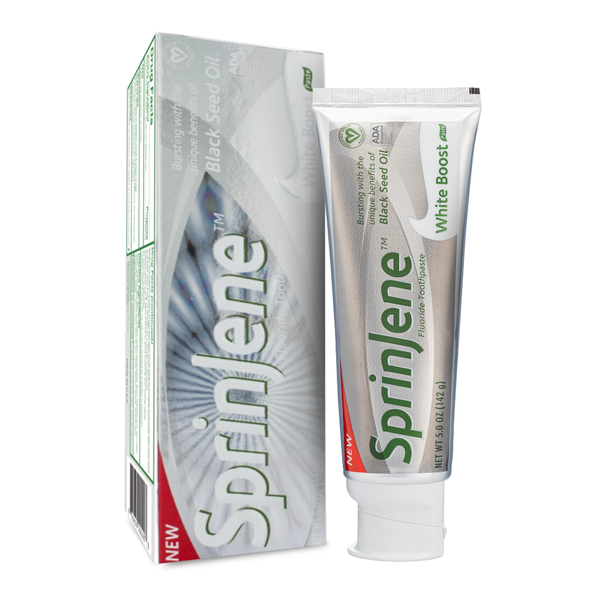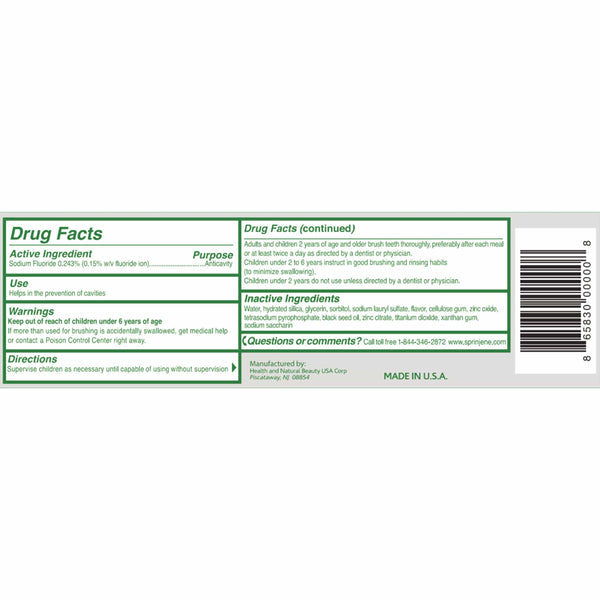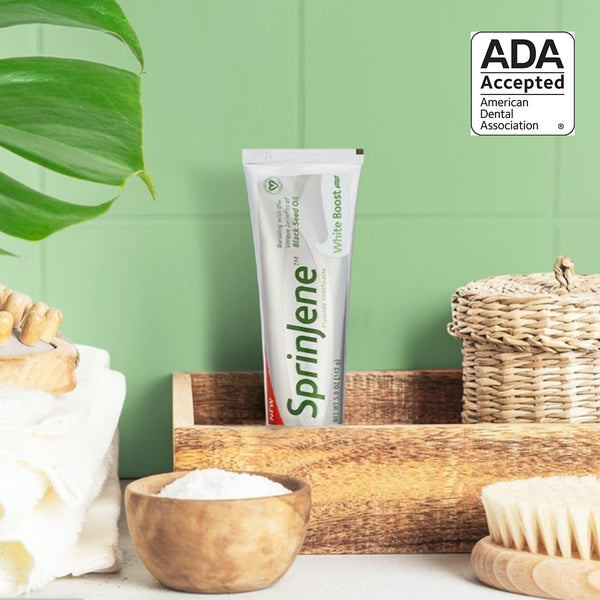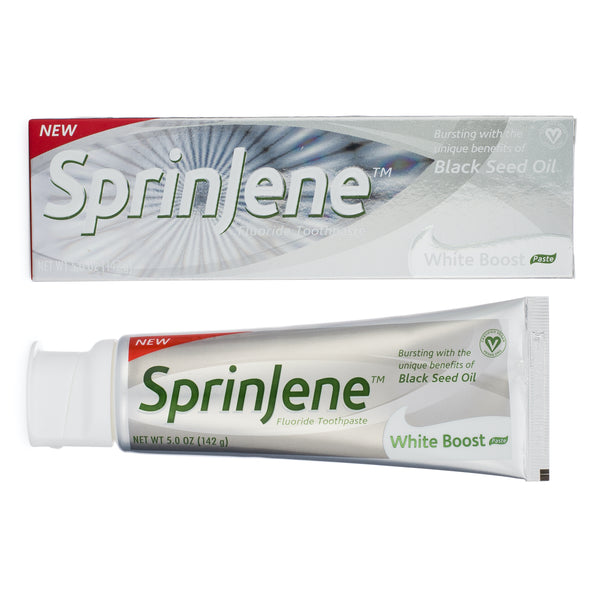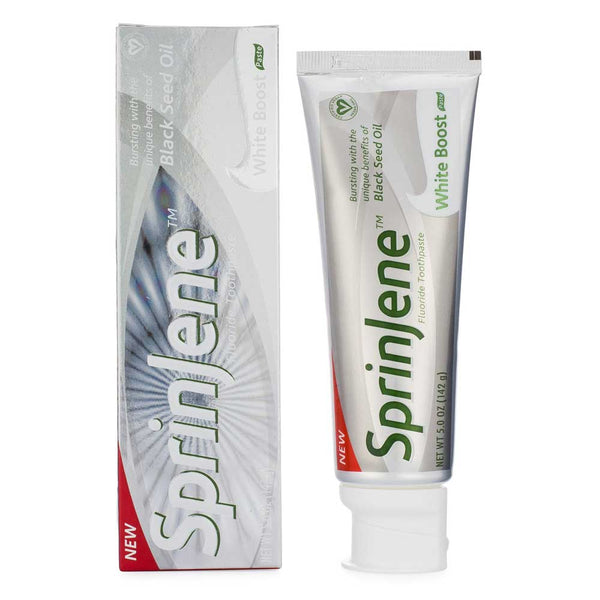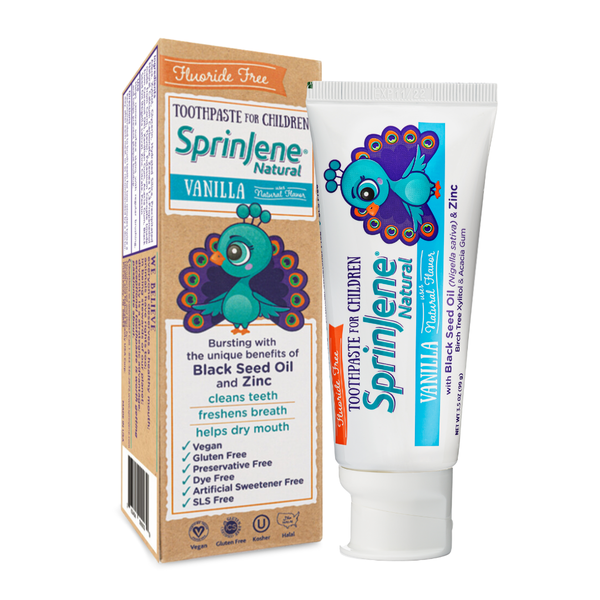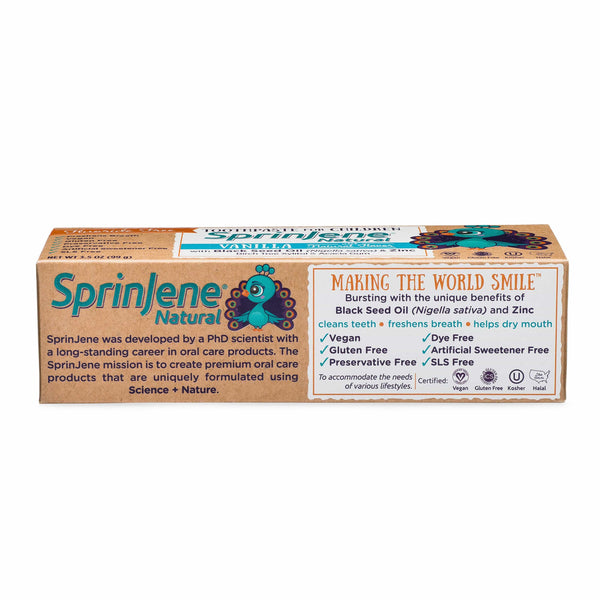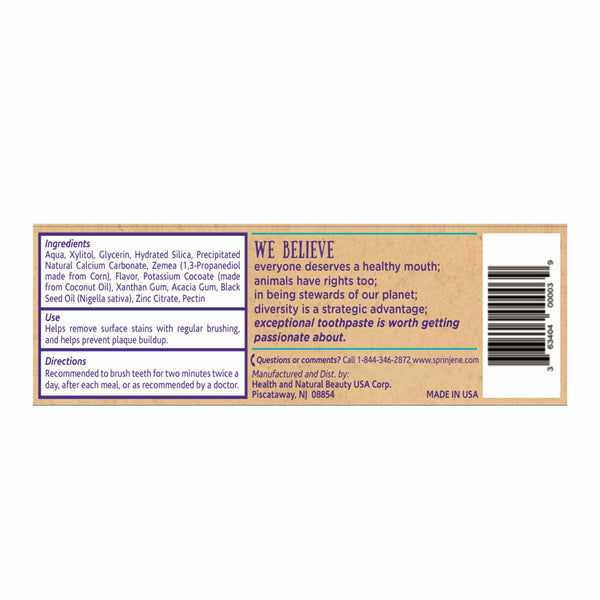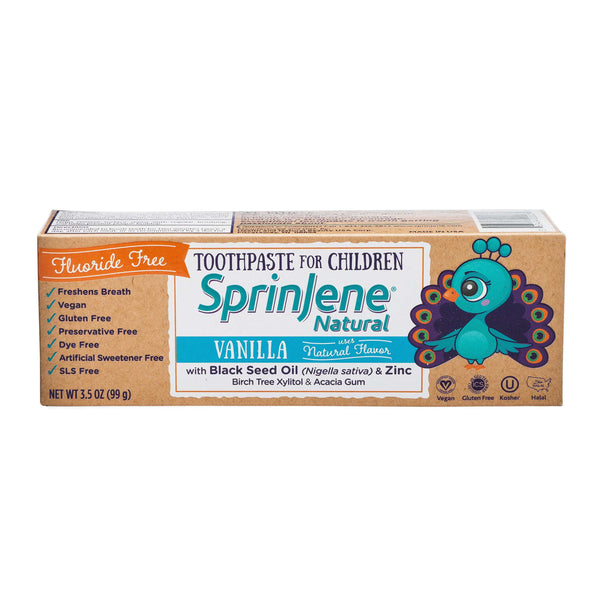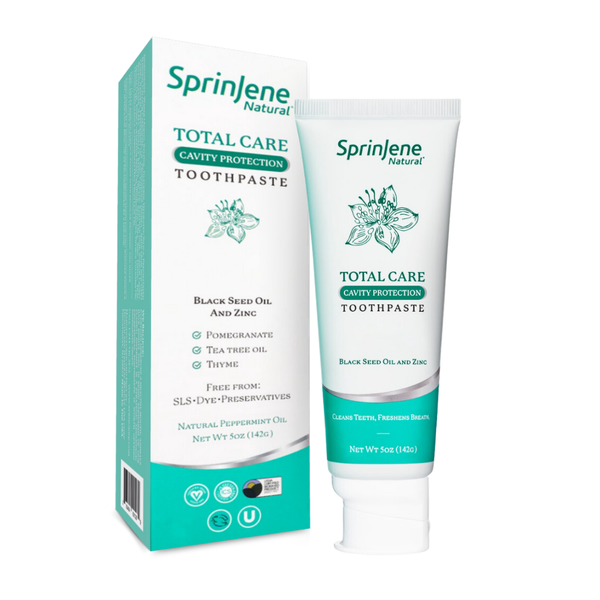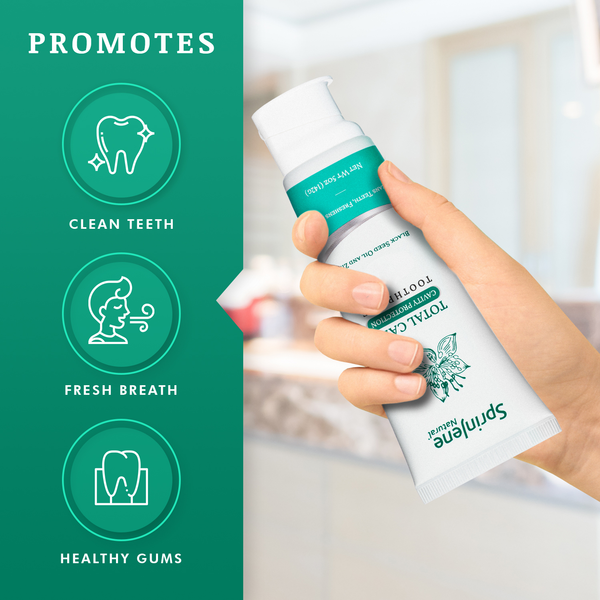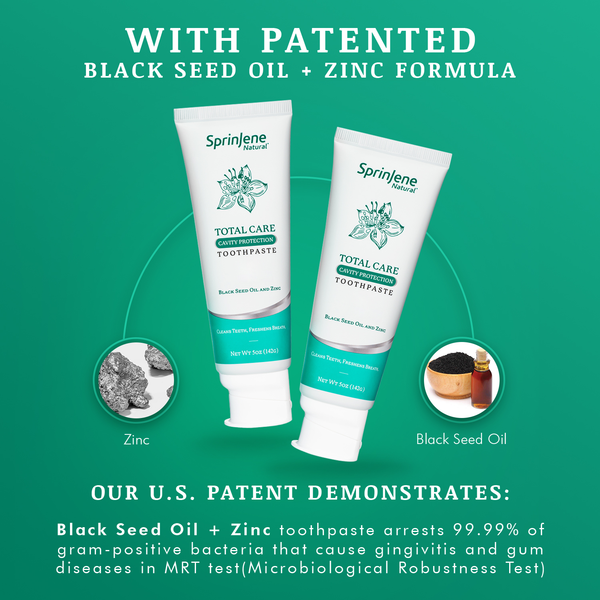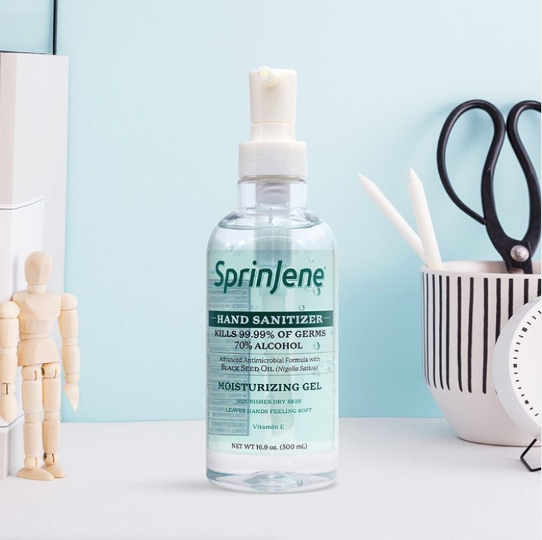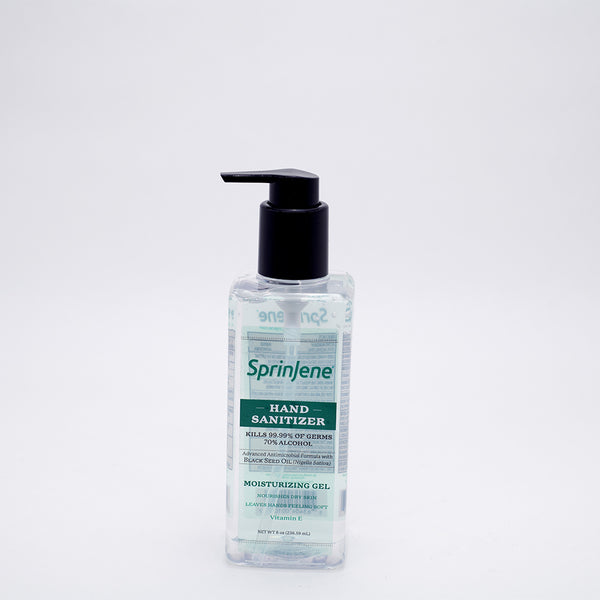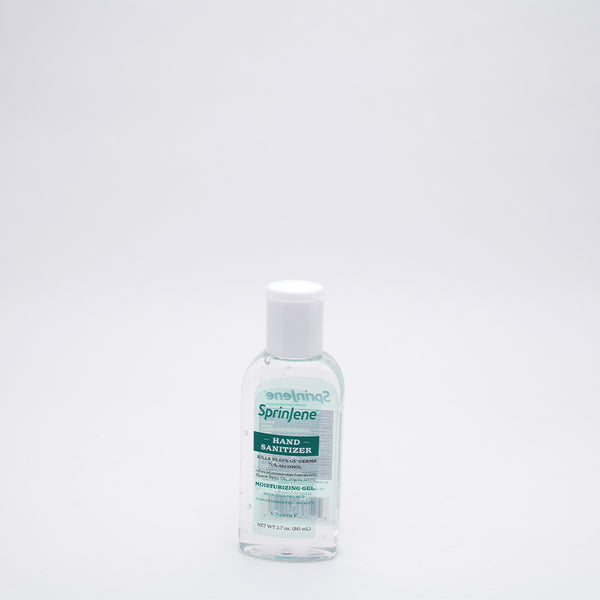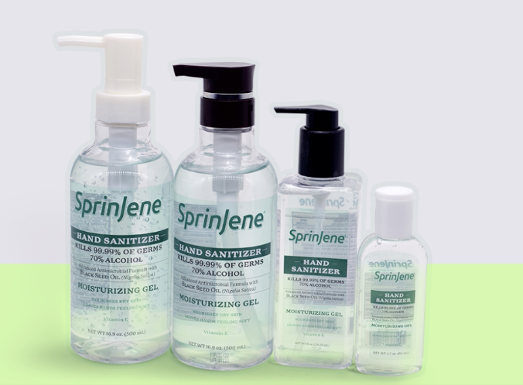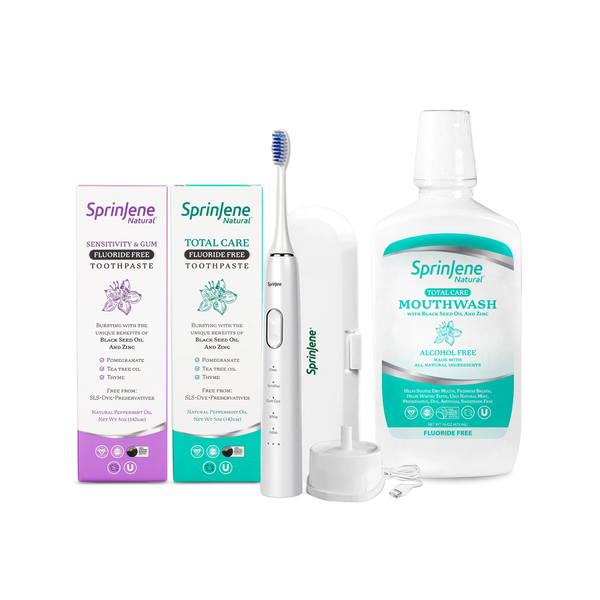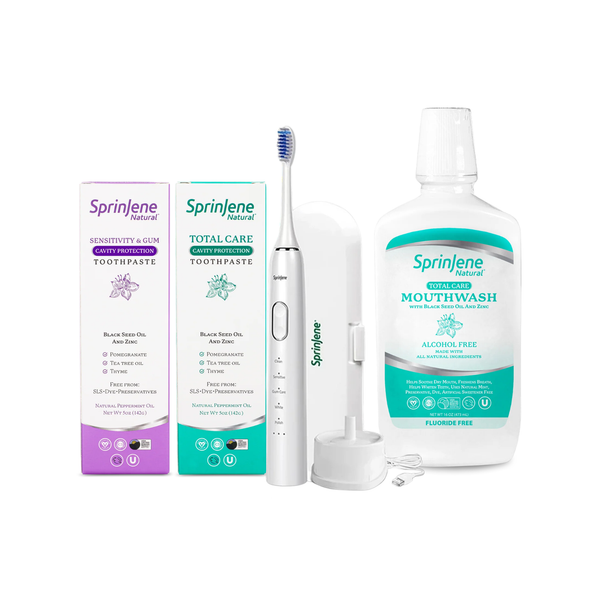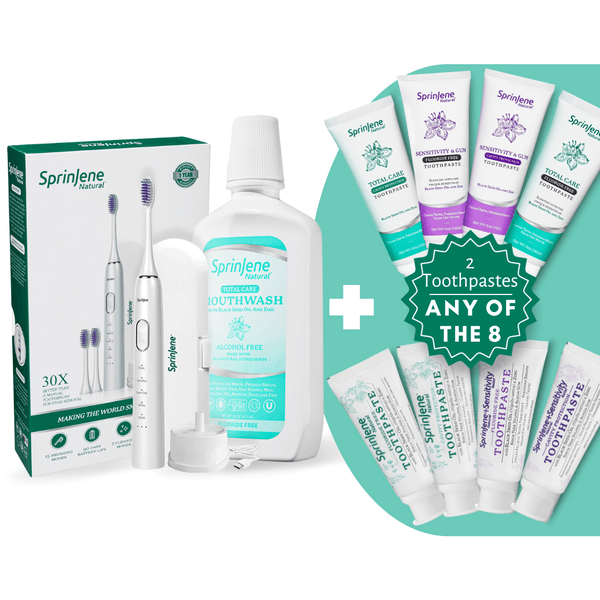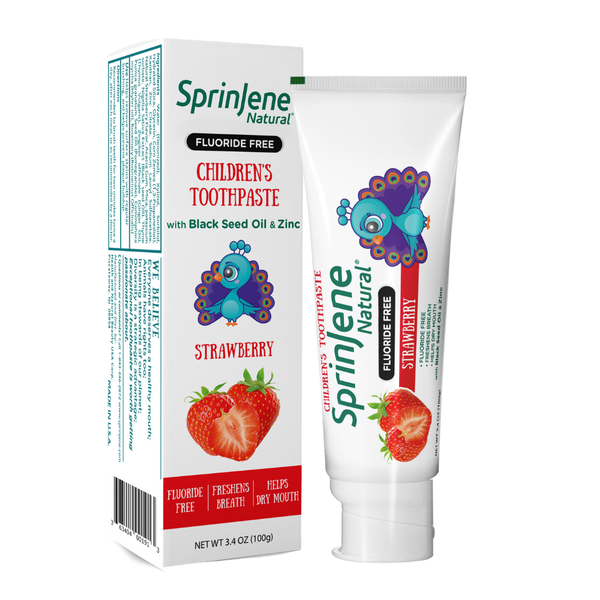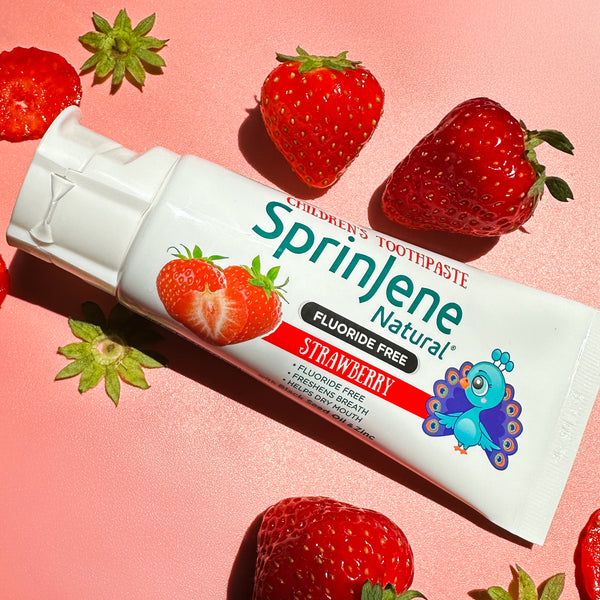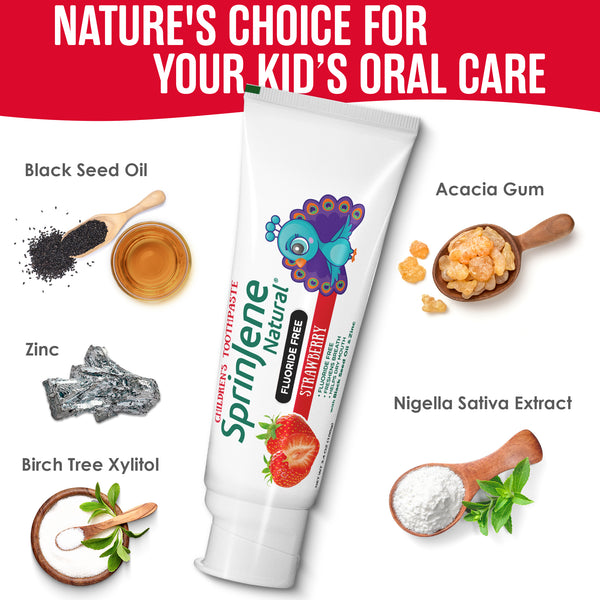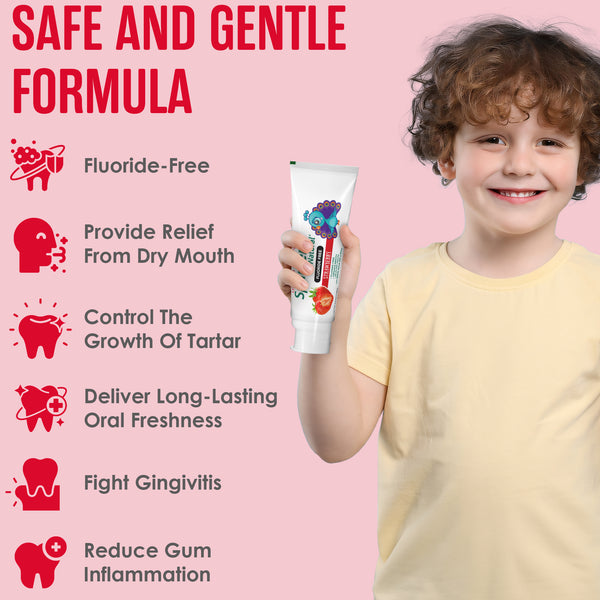
How does Sonic Toothbrush work?
Sonic electric toothbrush or powered toothbrush are battery-operated toothbrush that make oscillating or sonic vibrating movements to remove plaque build-up, debris, and bacteria once held in the correct position in the mouth. The first electric toothbrush was introduced in the early 1960s and had only back and forth movement. The following developments included vibratory and oscillatory movements as well.
The bristles vibrate or rotate to help you remove plaque buildup from your teeth and gums. The vibration allows for more micro-movements every time you move your toothbrush across your teeth.
Why do we need to brush with Sonic Toothbrush?
Periodontitis and tooth decay are the most commonly occurring dental diseases worldwide and account for about 60% of tooth loss. The main cause for both diseases is the buildup of bacterial plaque on tooth surfaces. It has been well researched and established that the basis for the prevention of periodontitis and caries is through the management of supra-gingival plaque and fluoride usage. Although personal oral hygiene methods such as tooth brushing can prevent biofilm accumulation and gingivitis, it must be emphasized that those proper brushing skills are vital to achieving this. Effective brushing depends on a number of influencing factors. The method that a person uses to brush their teeth is the one that they have grown up learning. It becomes a habit and part of their routine and hence difficult to break. The correct technique must be mastered at an early age so as to prevent it from becoming a permanent habit. With growing age, fine motor skills tend to deteriorate and this could impair the ability to brush as well as before. Maintaining proper oral hygiene may become a problem in the elderly.
Are sonic brushes better than manual?
According to supervised clinical trials, sonic toothbrushes have been shown to be more effective in plaque removal than manual brushing is.
According to another study, under clinical settings, sonic toothbrushes were effective in removing plaque and tackling gingivitis. However, studies assessing the long‐term effectiveness of sonic brushes on slowing initiation or progression of periodontitis are limited, these studies mainly focused on plaque, calculus or gingivitis.
From the results in this study, it could be seen that Sonic toothbrush usage has a long‐term protective effect on oral health in terms of reduced probing depths, clinical attachments and number of teeth lost. Based on this, it seems that long term use of electric tooth brushes may help in maintaining the number of teeth in the oral cavity and reducing the progression of periodontal disease burden in the long run.
Benefits of using an Electric tooth brush
Sonic toothbrushes are ideal for anyone who dreams of perfectly clean teeth. They are suitable for those with sensitive gums as well.
More effective at removing plaque:
A review of studies showed that, in general, electric toothbrushes do decrease more plaque and gingivitis than manual toothbrushes. After three months of use, plaque was reduced by 21 percent and gingivitis by 11 percent.
Easier for people with limited mobility:
Electric toothbrushes do most of the work for you. They would be ideal for people who have limited mobility, such as people with:
- Carpal tunnel
- Arthritis
- Developmental disabilities
Built-in timers:
A timer built into an electric toothbrush can help you brush your teeth long enough to sufficiently remove plaque from your teeth and gums.
May cause less waste:
When it’s time to replace your toothbrush you only have to replace an electric toothbrush head in many cases, so it may be less wasteful than throwing away a full manual toothbrush.
May improve focus while brushing:
According to a study it was found that people were more focused when brushing their teeth using an electric toothbrush. This improved their overall brushing experience potentially improving how well you clean your teeth.
Improves oral health in people with orthodontic appliances:
Studies have found that electric toothbrushes were particularly helpful for people with orthodontic appliances, such as braces, because it made brushing easier.
Fun for kids:
Most kids find it tiresome to brush their teeth and try to look for ways to avoid it. An electric tooth brush might appeal to the child and may be more engaging for them. This can help accomplish good oral cleaning and set healthy habits.
Safe for gums:
When used correctly, an electric toothbrush should not hurt your gums or enamel but instead promote overall oral health.
Sprinjene Natural Sonic Toothbrush
One excellent brand of electric tooth brushes is SprinJene Natural® Sonic Electric Toothbrush. It features high quality bristles along with all of the following outstanding benefits to help provide optimal dental care:
30-times better than a manual toothbrush for stain removal
Approximately 36,000 sonic vibrations per minute, with low noise operation and Dupont nylon bristles
5.5mm amplitude and swing arm with 80% bristle end rounding rate to effectively reach all tooth surfaces
Smart 2-minute timer, eliminates any guesswork to ensure you reach the dentist-recommended 2-minute brush time
90 days of brushing on a single battery charge with 2000MAH rechargeable Li-ion battery
Toothbrush comes with 2 brushing heads, head cap, travel case, and charging pad
Bristles: Nylon
Brush head lasts 60 days – check manual that has 30 days
Low power indicator: When the battery is below 3.5V, the motor will vibrate three times to remind user to charge the toothbrush. The toothbrush will stop working lower than 3.0V.
1st Light (less than 30% battery)
2nd Light (less than 33%-67% battery)
3rd Light (less than 67%-100% battery)
Fully charged: Three lights on at the same time for 30 seconds indicates toothbrush is fully charged. Full charging may take 12-16 hours.
Quadpacer technology: Every 30 seconds, the quadpacer interval reminds you to brush each section of your mouth. To make sure you brush evenly throughout your mouth, divide your mouth into 4 sections using the quadpacer feature.
5 cleaning modes and 3 intensity settings:
- Clean mode: The default mode and ultimate in plaque removal. Clean mode lasts for 2 minutes and includes four 30 second quadpacer intervals.
- Sensitive mode: Extra gentle 2-minute mode for sensitive teeth and gums. This is recommended mode for beginners and children.
- Gum care mode: Long amplitude vibration for gum massage.
- White mode: Sonic vibration with alternate amplitudes to remove plaques and stains and whiten teeth.
- Polish mode: 2-minute strong vibration for teeth whitening and polish.
Patented lock/unlock technology:
To Lock: Press button twice and hold for 3 seconds, and the 5 modes lights will flash at the same time. This indicates that the current mode and frequency have been locked.
Unlock: Press button twice and hold for 3 seconds and the 5 modes lights will flash twice at the same time. This indicates that the current mode and frequency have been unlocked.
Charging pad USB can connect to any 5V UL listed computer, USB hub or USB duplex receptacle.
References
- Loe H, Theilade E, Jensen SB. Experimental gingivitis in man. J Periodontol. 1965;36:177–87. [PubMed] [Google Scholar]
- Marinho VC, Higgins JP, Logan S, Sheiham A. In The Cochrane Library. 2. Oxford: Update Software; 2003. Fluoride toothpastes for preventing dental caries in children and adolescents (Cochrane Review) [PubMed] [Google Scholar]
- Chesters RK, Huntingdon E, Burchill CK, Stephen KW. Effects of oral care habits on caries in adolescents. Caries Res. 1992;26:299–304. [PubMed] [Google Scholar]
- Chilton NW, Di-Do A, Rothner JT. Comparison of the effectiveness of an electric and standard toothbrush in normal individuals. J Am Dent Assoc. 1962;64:777. [PubMed] [Google Scholar]
- Cross WG, Forrest JO, Wade AB. A comparative study of tooth cleansing using conventional and electrically operated toothbrushes. Br Dent J. 1962;113:19–22. [Google Scholar]
- Ainamo, J., Xie, Q., Ainamo, A., & Kallio, P. (1997). Assessment of the effect of an oscillating/rotating electric toothbrush on oral health. A 12‐month longitudinal study. Journal of Clinical Periodontology, 24, 28– 33. https://doi.org/10.1111/j.1600-051X.1997.tb01180.x Wiley Online Library CAS PubMed Web of Science®Google Scholar
- Felder, R., Reveal, M., Lemon, S., & Brown, C. (1994). Testing toothbrushing ability of elderly patients. Special Care in Dentistry, 14, 153– 157. https://doi.org/10.1111/j.1754-4505.1994.tb01123.x Wiley Online Library CAS PubMed Google Scholar
- Forrest, J. L., & Miller, S. A. (2004). Manual versus powered toothbrushes: A summary of the Cochrane Oral Health Group's Systematic Review. Part II.. Journal of Dental Hygiene, 78, 349– 354. PubMed Google Scholar




